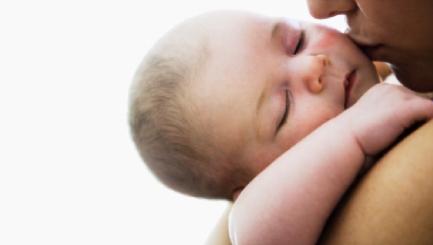How Can Jaundice Affect Your New-Born Baby’s Wellbeing?
 Jaundice, a yellow tint of the skin, mainly occurs in newborn babies, as well as adults with liver disease. As a parent, this aspect of family wellness can be worrying, but knowing all about the condition is the first step in fighting its effects, and improving your baby’s wellbeing.
Jaundice, a yellow tint of the skin, mainly occurs in newborn babies, as well as adults with liver disease. As a parent, this aspect of family wellness can be worrying, but knowing all about the condition is the first step in fighting its effects, and improving your baby’s wellbeing.
Bilirubin, a pigment that comes from red blood cells, is responsible for causing the yellow skin tint of jaundice. Every 90 days or so, your body recycles its red blood cells, and it is during this process that bilirubin is released. If you are a healthy child or adult, this bilirubin will simply go to the liver, where it will be broken down and eventually removed from the body. However, the process is not so simple in newborns.
Before your baby is born, your liver is responsible for metabolising the bilirubin for them, as their liver cannot handle bilirubin until the liver matures. Therefore, after your baby is born, the bilirubin stays in the blood and gets into body tissues, causing jaundice in the skin, and even yellowing the whites of the eyes. In very rare cases, in which the bilirubin rises too high and too quickly, it can be high enough to get into the brain. This is known as kernicterus, and it causes severe wellness damage.
Though bilirubin elevation is only visible about 60% of the time, all babies have some form of it. It first appears in the face and progresses down your baby’s body, and you might be able to better see a yellow tint if you apply light pressure to the skin. Bilirubin levels usually peak in newborns between 3 and 5 days of age, which is why you will be asked to bring your newborn in to be checked by a healthcare provider if you leave the hospital less than 72 hours after birth. More often than not, jaundice in newborns does not need treatment, and will go away on its own once your baby’s liver matures.
However, any jaundice in the first 24 hours is abnormal and will need evaluation, as will any elevated bilirubin level that is too high for the baby’s age or rising too quickly. Doctors treat very high bilirubin levels with phototherapy, in which your baby is placed under special lights to bring bilirubin levels down. In the rarest and most severe cases, babies whose extremely high levels of bilirubin put them at risk of brain damage from kernicterus will need an exchange transfusion. Remember: have your baby checked according to the instructions you get when you leave the hospital, and if you are having trouble breast-feeding, or the jaundice seems to be getting worse, call your baby’s doctor.


Comments are closed.